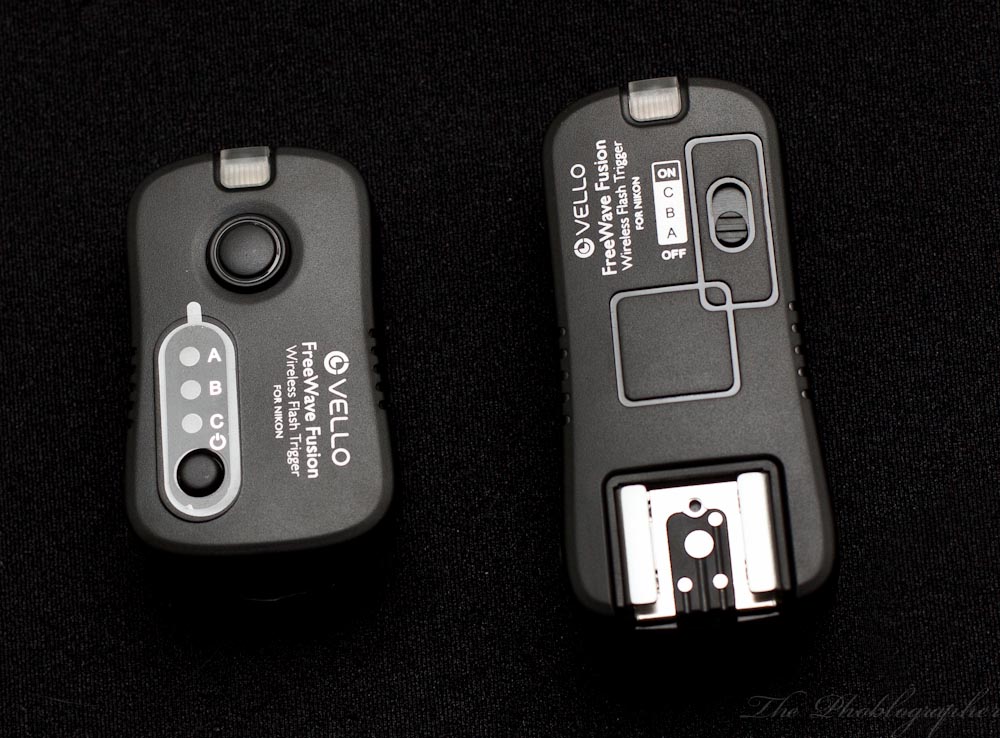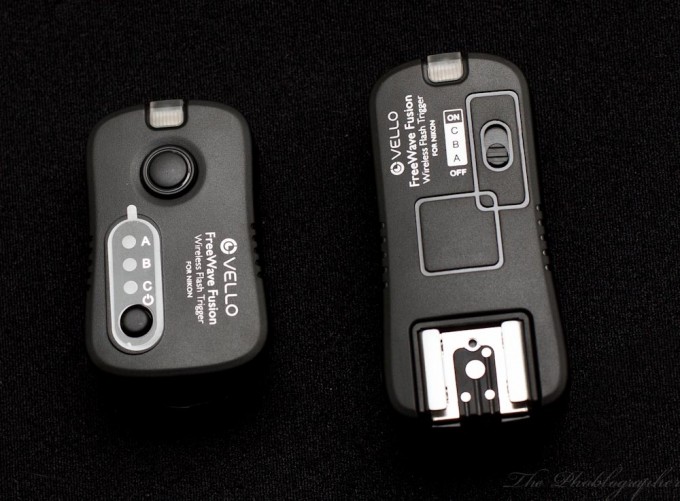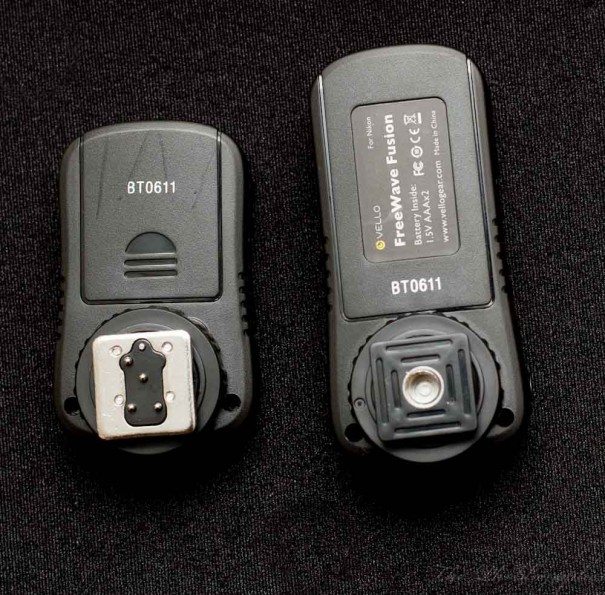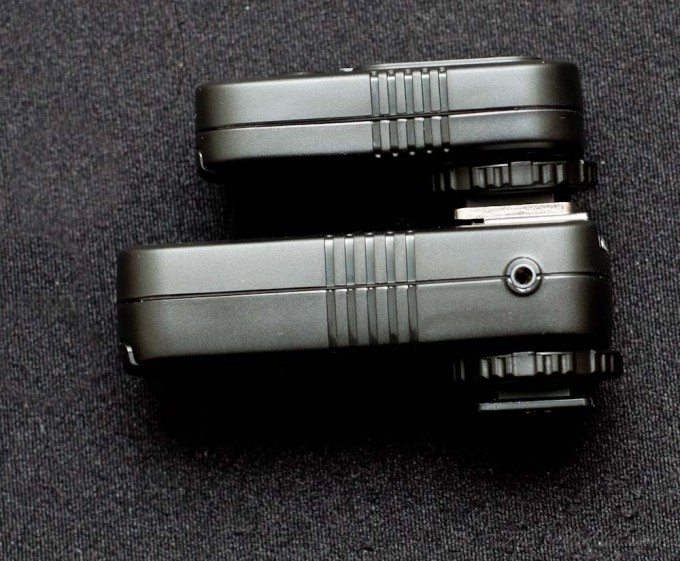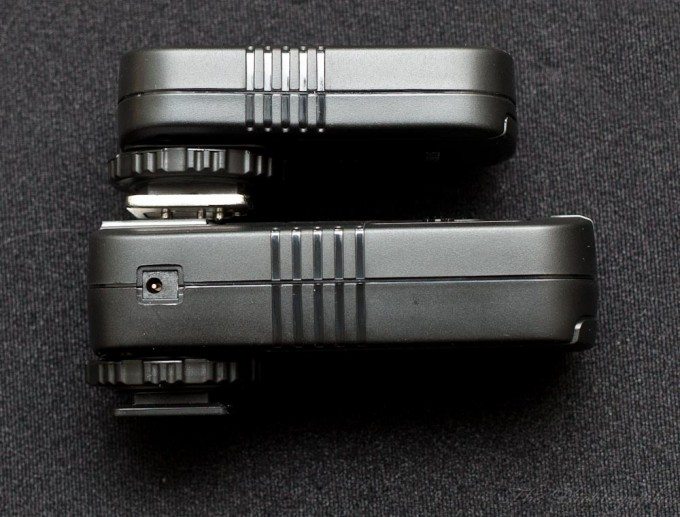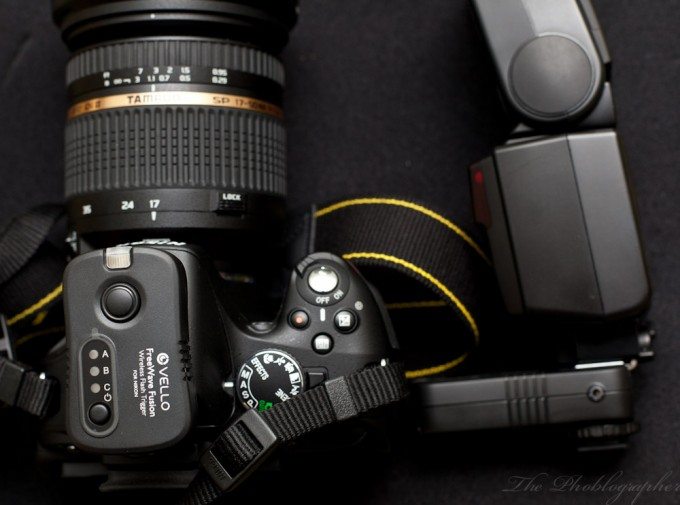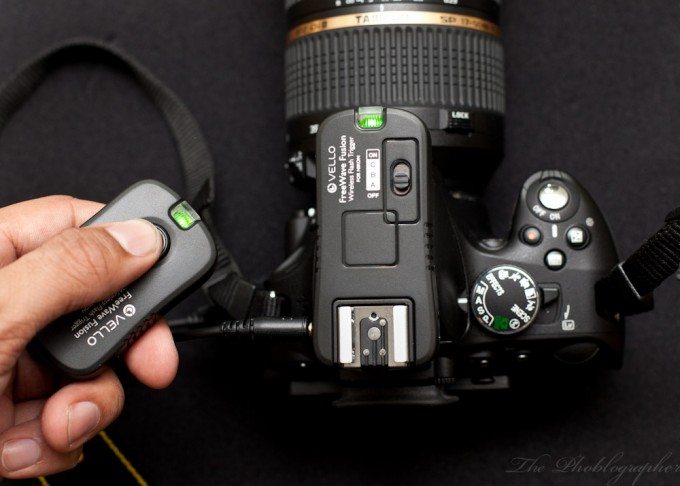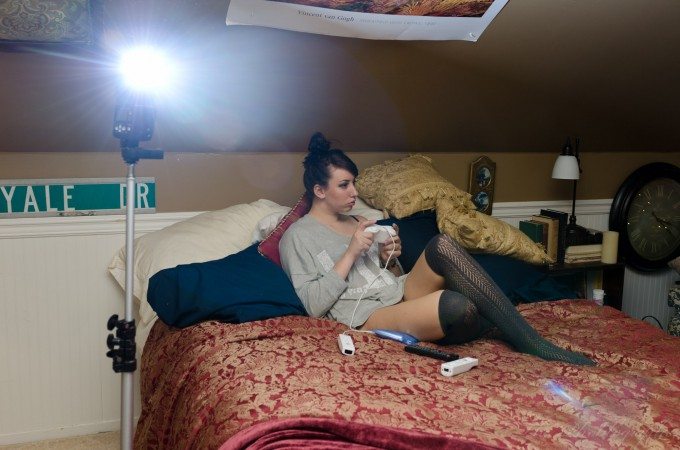Wireless radio flash triggers are appearing all over now. What used to be dominated by a key couple of companies is now spreading to many other manufacturers and the market space is seeing some interesting contenders. Vello is one of those entries into the world with the Vello Freewave Fusion wireless flash triggers. Available for both Canon and Nikon, these triggers didn’t disappoint…for the most part.
Gear Used
Also used was Gevon’s SB-600, which was on loan to me for this review.
Tech Specs
Borrowed from B&H Photo’s listing of the product.
- 2.4GHz Reduced Interference Frequency
- Range Up to 320′ (100 m)
- Individual/Group Wireless Flash Trigger
- Up to 3 Light Groups/7 Grp Combinations
- Flash Sync Speed of Up to 1/320s
- Dual-Function Shutter Release Button
- LED Indicators
| Power Supply | Transmitter: 1x CR-2032 Receiver: 2x AAA |
| Battery Life | Transmitter: 3 Years Receiver: 300 Hours |
| Range | 320′ (100 m) with no obstructions |
| Frequency | 2.4 GHz |
| Confirmation LEDs | 2 Color |
| Shutter Modes | Settings controlled by camera: Single Shot, Continuous, Self-Timer, & Bulb |
Video Demo
Ergonomics
The Vello Freewave Fusion triggers are remarkably small, feel good in the hand and are also very simple. The top of each features their respective on/off and group channels. On the transmitter is a large testing button as well. This can easily be depressed by both the smallest and largest of thumbs and feels very similar and inspired by a car’s alarm remote.
The bottom of the trigger both contain shoes. On the transmitter are actual pins to sync up with Nikon’s algorithms. However, on the receiver is just a cold foot. However, this foot can easily be mounted on a light stand, tripod, or even on the camera’s hot shoe. More on that in a bit.
While the transmitter retains its simplicity, you’ll see that the receiver actually have different ports on the sides.
These ports correspond accordingly with different cables that are meant to work with different Nikon DSLR cameras. The lower end (Nikon D5100 and below) will need one type of cable while the higher end (D7000 and above) will need another. Additionally, there is another cable available for use with different flashes.
Note though that these cables are only needed for a function that I will get to in a second.
When mounted onto their respective units, they look just like any other wireless trigger out there with the exception of Pocket Wizards. This harkens back to the simplicity and stunning good looks that the company tried to go for in the design.
Oh, by the way: the receiver can also be used with the cables to trigger a DSLR to fire its shutter remotely. You can still mount a flash or another transmitter into the receiver to fire flashes wirelessly or on the camera if you’d like.
Build Quality
Though I haven’t rough housed the triggers, they did survive the normal beatings that all gear goes through for me: being in my camera bag and knocked around by commuter after commuter on the NYC subway system. If anything, the tightening wheels are a bit too tight sometimes, but they’re not unmanageable and your unit may vary.
Reliability
The first time I powered the units on, I thought that they didn’t work. Then the designer told me that the flash I’m using has to be set to manual for it to work at all. With that said, as long as your flash is set to manual, you’ll really have no problems. I actually have tested it out to 100 feet away from me and they fired without trouble.
Ease of Use
The triggers are fairly simple to use. The receiver is brain-dead simple, with the switch being one of the easiest to operate that I’ve seen. The transmitter takes a bit more learning though: for example you’ll have to learn to hold the button down to power it up and then pressing it quickly will change groups.
Results
For the most part, these images were shot with the flash bouncing off of a wall. However, some were shot with the flash inside of a beauty dish.
Conclusion
So do I love the Vello Freewave Fusion wireless flash triggers? Oh yeah. The combination of build quality, versatility, reliability and portability are big winners for me. Additionally, they are relatively simple to use and at the price point it really is hard to beat anything else out there. The Gradus Group has done an excellent job.
With that said though, they aren’t what I’d totally want. I want full TTL metering in a trigger and after getting the Phottix Odins in for Canon, I’ve become spoiled by that big gorgeous LCD screen and the ability to control all aspects of the lighting right from the commander.
I want that here. However, the Freewave Fusions are a totally different beast. They are wireless shutter releases and manual light controls. These are great for the professional that can always guess the lighting correctly or the person looking to learn about lighting. And to be honest with you, it seems like there isn’t a much better option that does everything that these do.
For the person looking to get their feet wet in the world of wireless flash triggers, look at the Freewave Fusions.
Disclaimer: Yes, I work closely with some of the guys that designed these products. No, I wouldn’t be swayed by them. When a product of theirs sucks, I tell them right to their faces.
Please Support The Phoblographer
We love to bring you guys the latest and greatest news and gear related stuff. However, we can’t keep doing that unless we have your continued support. If you would like to purchase any of the items mentioned, please do so by clicking our links first and then purchasing the items as we then get a small portion of the sale to help run the website.


